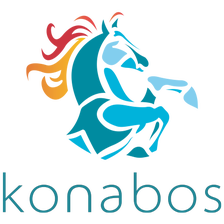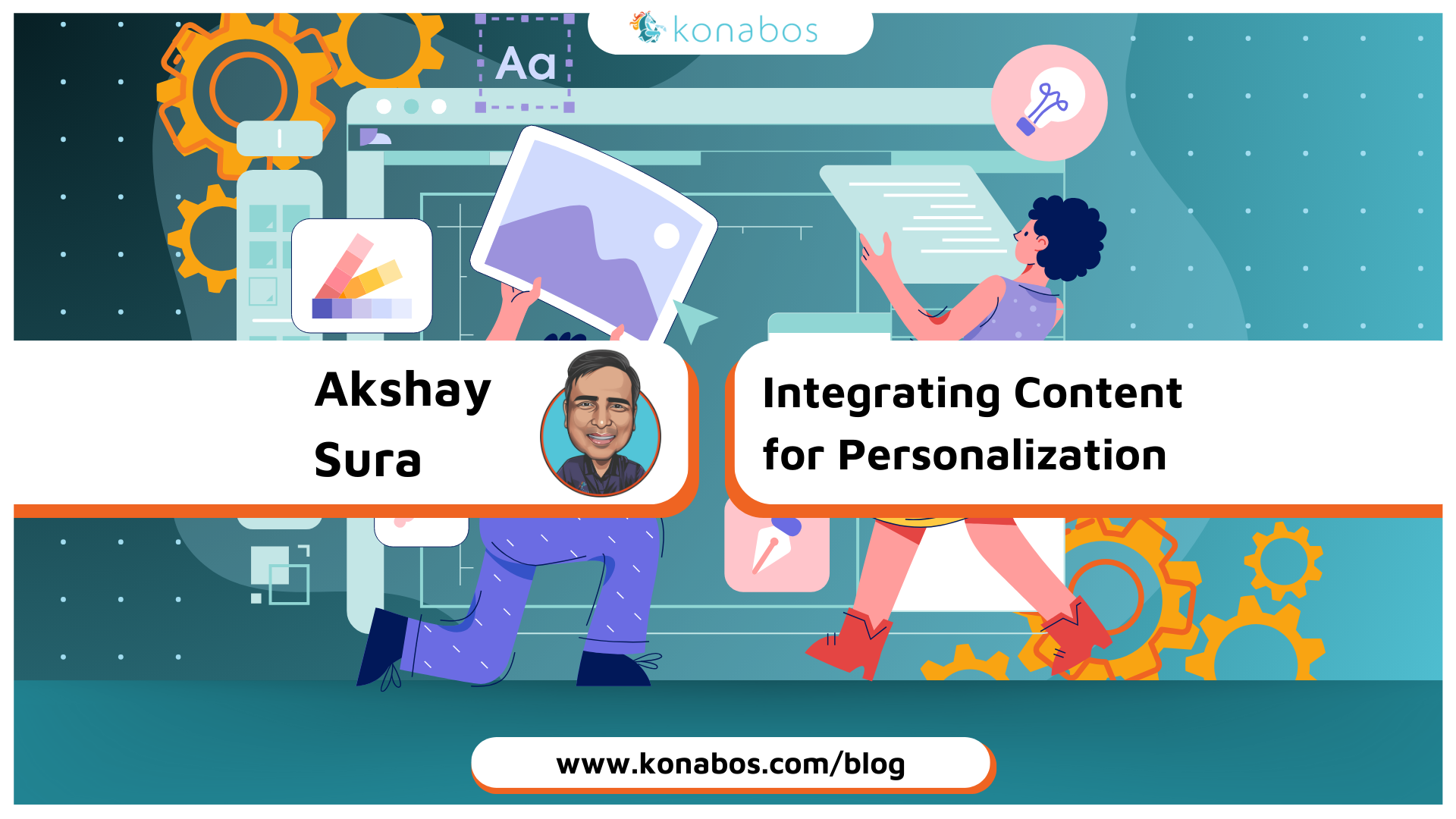Optimizing Success in Personalization: Why Content Sources Integration Matters
Akshay Sura - Partner
27 May 2024
Personalization: Content Gets Close for More Success
Personalization is essential in ensuring a great user experience. It doesn't matter whether you are using a content management system (CMS), an e-commerce platform, or even a customer relationship management (CRM) system; the effectiveness of personalization depends on how closely personalized systems are connected to the content. This article discusses why integrating personalization systems with sources of content helps achieve effective personalization and what monolithic digital experience platforms and composable personalization vendors do concerning this integration.
The Significance of Personalization
Personalization is a powerful way to increase user engagement, customer satisfaction, and conversions. Businesses create more relevant and meaningful user experiences by delivering content based on individual preferences. However, achieving such a level requires collecting basic data and understanding various user personas that interact with different types of content.
Integration With Content Sources
A close tie between a personalization system and its source(s) greatly enhances the success rate of the former. This means that whenever these two things work hand in glove, then it becomes possible for such machines to view a broader range of data performance across all users' segments. Here's why they should come closer:
1. Contextual Relevance: Systems that personalize based on context through tight linkage with sources are more likely to make appropriate suggestions. For example, e-commerce platforms can propose products based on one's browsing history and purchase habits, while CMSs might recommend articles that align with individuals' reading preferences.
2. Real-Time Data Access: If appropriately designed, personalized systems integrated tightly into content may tap into current information, thereby giving the latest recommendations. This is especially useful when people frequently change their needs due to dynamic environments.
3. Comprehensive User Profiles: When there is integration between these two entities, i.e., the system itself creates profiles about users by studying their activities across channels and what they like most in terms of content types consumed frequently, etc., these profiles become richer, leading to a better understanding of each customer, thus enabling personalized service provision based on such insights.
4. Higher Precision: Personalization systems can make more accurate recommendations if they have direct access to metadata concerning different contents plus interaction records between various people and those pieces. This helps reduce irrelevant suggestions that the system might have given out, thereby enhancing user experience.
Monolithic Digital Experience Platforms
Monolithic digital experience platforms (DXPs) are designed to offer an all-in-one solution for managing and delivering personalized content. These platforms integrate various functionalities into a cohesive system, including content management, e-commerce, and personalization. Thus, personalization engines within monolithic DXPs and content sources are highly integrated.
Advantages of Monolithic DXPs
1. Unified Data Management: With monolithic DXP, data from different sources can be easily gathered together for analysis since all are under one roof. Therefore, creating comprehensive user profiles becomes easier, simplifying consistent personalization delivery across the board.
2. Seamless Integration: When everything is contained within a single platform, integration problems disappear because such systems share the same space; hence, there is no need to bridge gaps between them through external means. Personalization engines residing inside monoliths gain direct entry into every type of user data and content, ensuring smoothness during this process.
3. Consistency: To achieve uniformity throughout various touchpoints with customers, it becomes necessary to use at least one unified system like a monolithic DXP where every component works towards giving off a unified feeling
4. Easier Maintenance: It may be easier to maintain one integrated platform than multiple separate systems. This simplifies updates, security patches, and overall system management.
Providers of Composable Personalization
Composable personalization vendors work more flexibly and modularly than monolithic DXPs. These providers have specialized personalization solutions that can be combined with any content source on any underlying platform. This approach enables businesses to select best-of-breed solutions for every part of their digital experience stack.
Benefits of Composable Personalization Solutions
1. Freedom: Users can choose and combine different components with composable personalization solutions. Companies can select the most suitable personalization engine, CMS, e-commerce platform, or other tools based on their specific requirements.
2. Scalability: Businesses can scale up or down composable solutions by adding or replacing components when necessary. This makes them highly adaptable in dynamic digital environments.
3. Innovation: Companies tap into the latest inventions and developments in various areas using different vendors for each component. Such an approach results in more advanced and effective personalization techniques.
4. Cost effectiveness: Using composable solutions may save money since organizations pay only for what they need. This leads to better resource utilization efficiency and ROI realization.
Integration's Place
Whether a business chooses a monolithic DXP or a composable personalization solution, successful personalization heavily relies on integration with content sources. Here are some tips that will help you achieve effective integration:
1. APIs and Connectors: Use APIs and connectors to enable smooth data transfer between personalization systems and content sources. This ensures that the personalization engine always gets fresh content and user information.
2. Data Standardization: To work together efficiently, ensure that data formats and structures are uniform across different systems. This assists in building a single view of user interactions with content.
3. Real-Time Synchronization: Create real-time synchronization mechanisms to ensure data remains current across all systems. This is vital for delivering personalized experiences that are up-to-date and relevant at all times.
4. Collaborate: Bring together different teams such as marketing, IT, and content creators to align personalization strategies with overall business objectives and user expectations.
Ultimately, personalization efforts succeed when the personalization system is well integrated with content sources. Whether through a monolithic digital experience platform or a composable personalization solution, businesses should see that this integration provides meaningful, timely, and accurate personalized experiences. By combining the strengths of both approaches, companies can create more immersive user experiences that foster growth and loyalty among customers.
Integrate personalization systems seamlessly with our expertise. Deliver meaningful, timely, and accurate experiences to drive growth and loyalty. Partner with us today!

Akshay Sura
Akshay is a nine-time Sitecore MVP and a two-time Kontent.ai. In addition to his work as a solution architect, Akshay is also one of the founders of SUGCON North America 2015, SUGCON India 2018 & 2019, Unofficial Sitecore Training, and Sitecore Slack.
Akshay founded and continues to run the Sitecore Hackathon. As one of the founding partners of Konabos Consulting, Akshay will continue to work with clients to lead projects and mentor their existing teams.



Share on social media